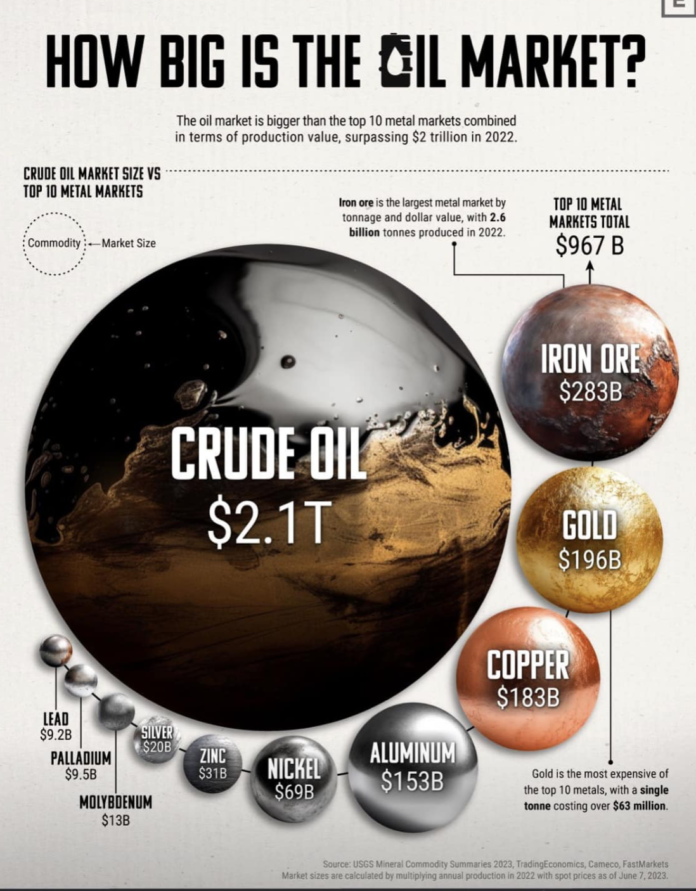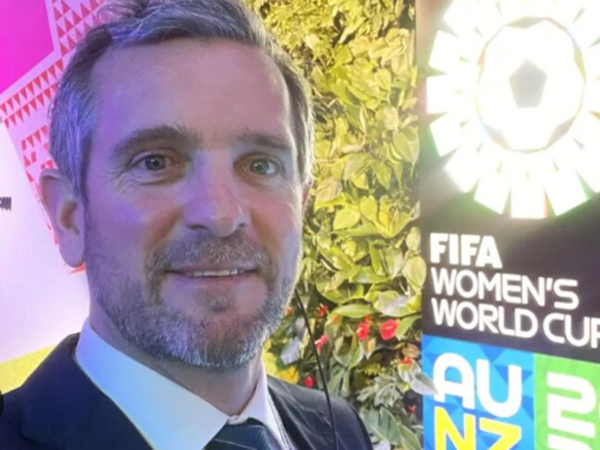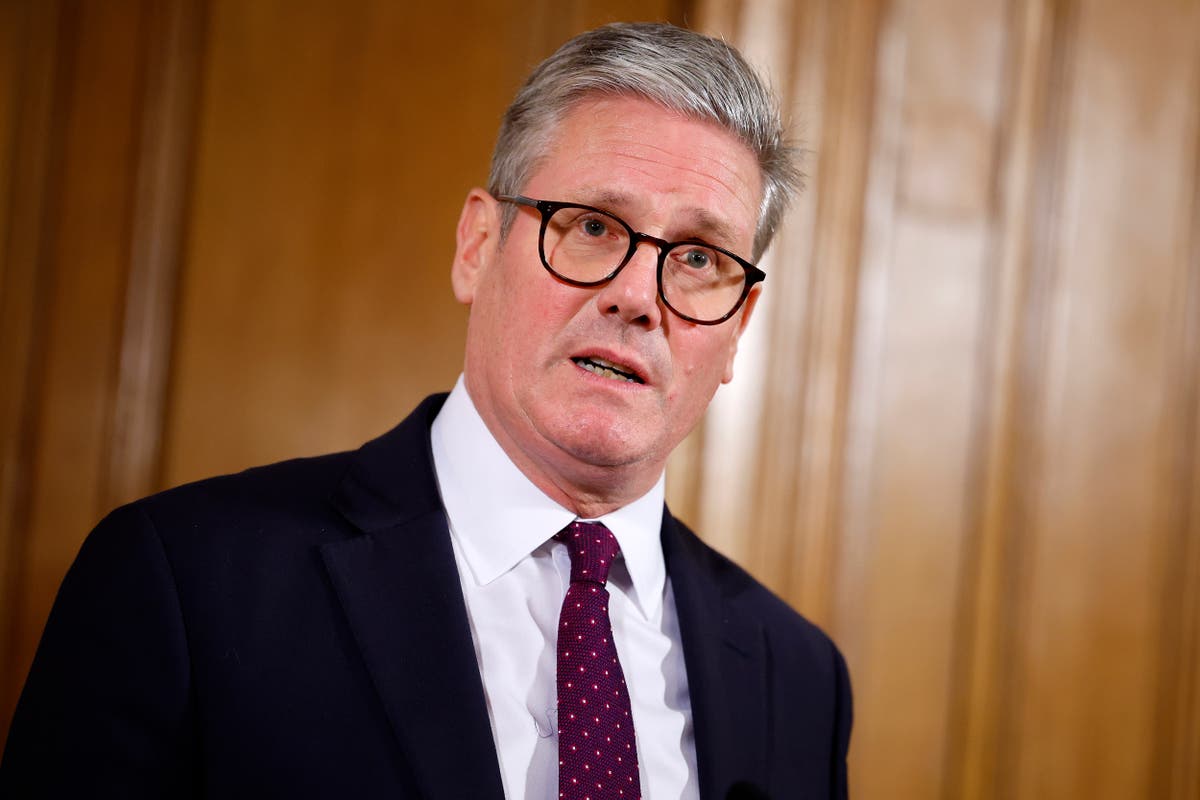[ad_1]

BlackRock is what global capitalism looks like—over US$8.5 trillion in assets under management plus offices and clients in over 100 countries. Through specialist software, BlackRock indexes and tracks its multiple investment portfolios in transnational corporations (e.g., mining, industrials, Big Tech, financial institutions) and financial risk management services involving the multiple trillion-dollar global derivatives markets. No major profit opportunity is sacrosanct, aside from geopolitical sensitivities that can be managed. Polluting industries and ecosystems services, the arms industry and ethical investment portfolios, authoritarian regimes and liberal-democratic polities—BlackRock doesn’t discriminate. Implacable capital accumulation is the paramount objective. So, why is BlackRock looking our way? Why co-establish with the New Zealand Government a two-billion-dollar investment fund to support renewable energy infrastructure for electricity generation? What’s not to like? To answer these questions, we need to bring out some dirty clothes.
Oil industry analyst Adam Hanieh, in a 2021 article entitled “The Commodities Fetish?”, identified the main financial beneficiaries of fossil fuel capitalism. Apart from major investment banks, hedge funds and private equity investors, he names key asset management firms—Vanguard, State Street and BlackRock. As of 2021, they took the top three shareholder positions for ExxonMobil, Chevron and ConocoPhillips and controlling shares in shale producers, oil refineries, natural gas operations and electric utilities. Hanieh estimated that, for the year 2018, these massive asset management firms controlled portfolios equivalent to around one third of global energy-related CO2 emissions.
More specifically, climate finance researcher Adrienne Buller’s book The Value of a Whale (2022) remarks that,
BlackRock is the world’s foremost universal owner, yet it retains massive holdings across the fossil fuel industry (underlying some of the most destructive and capital-intensive sectors like tar sands and thermal coal), as well as large positions in several companies most implicated in global deforestation.
Further, Buller observes that BlackRock has not used its positions “to demand and vote for radical changes in corporate behaviour on the climate and nature crisis, preferring instead to pay lip service to the issues” (p. 136). But BlackRock is nervous. CEO Larry Fink feels the world-political pressures for renewable energy development. Rhetorically, he has committed to an environmental, social and corporate governance (ESG) investment strategy. Clearly, this New Zealand initiative makes perfect public relations sense. After all, who could possibly reject the prospect of a clean energy electricity grid?
But let’s be blunt, none of this engages with fossil fuel extraction, global warming and Earth system disintegration. As our naïve Prime Minister announces a “game-changing initiative”, forests burn, icecaps melt, oceans warm, extreme weather events become routine and more planetary regions become inhabitable, just as fossil fuel extraction and carbon emissions continue apace. Signing up to BlackRock’s “greenwash” deflects attention from the counter measures necessary to protect the planet—no more drilling, carbon emission taxation and alternative ways of living beyond the carbon-intensive luxury consumer culture that Larry Fink represents. Our local representatives of Oxfam and Greenpeace deserve credit for criticising this deal. As they recognise, political and regulatory pressure on fossil fuel companies must be a first priority. A Labour-Green photo opportunity to advance BlackRock’s agenda just won’t cut it. It used to be that climate justice was the anti-nuclear issue of our time. Where has our country’s moral leadership gone?
[ad_2]
Source link




















